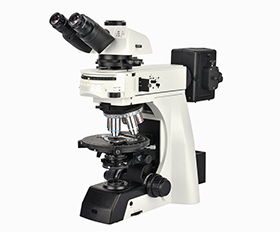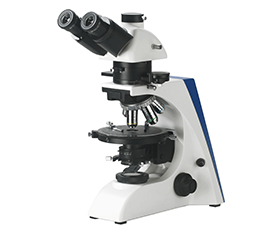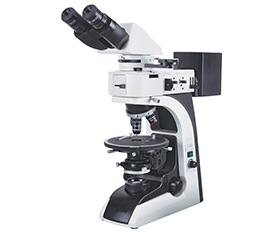What is Polarizing Microscope?
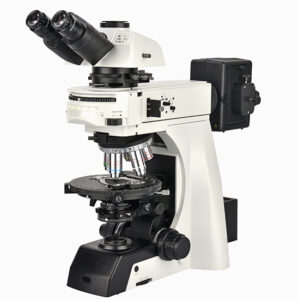 Polarizing microscope is a type of microscope that uses polarized light to study the optical properties of materials. It is mainly used in geological studies to study geological specimens. For this reason, it is also known as a petrographic microscope. Recently it has become more widely used in medical and biological research fields, too.
Polarizing microscope is a type of microscope that uses polarized light to study the optical properties of materials. It is mainly used in geological studies to study geological specimens. For this reason, it is also known as a petrographic microscope. Recently it has become more widely used in medical and biological research fields, too.
The characteristic of polarizing microscope is to change ordinary light into polarized light for microscopic examination to identify whether a material is monorefringent or birefringent. Birefringence is an essential characteristic of crystals. Therefore, polarizing microscopes are widely used in minerals, polymers, fibers, glass, semiconductors, chemistry and other fields. In biology, many structures are also birefringent, which requires the use of polarizing microscope to distinguish them. In terms of botany, such as identification of fibers, chromosomes, spindles, starch granules, cell walls, and whether crystals are contained in cytoplasm and tissues. In plant pathology, the invasion of pathogens often causes changes in the chemical properties of tissues, which can be identified polarizing microscope.
The Key Components of Polarizing Microscope:
Polarizer: A device that produces polarized light by passing unpolarized light through plates with different orientations. It is the most important component of a polarizing microscope. The polarizer can come in many different shapes and sizes, but it must always be placed between the light source and the analyser.
Analyser: A polarizing analyzer is what makes it possible for us to see an image. It must be placed between the light source and our eye, or any other optical device we are using to view our sample. The analyser takes two beams of polarized light and combines them so that they are perpendicular to each other. This is how we get a clear image that has contrast and depth.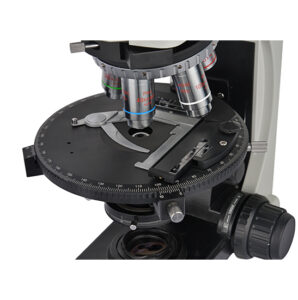
Stage: The polarizing stage works by filtering out light that is not polarized, which helps to distinguish objects from their background. It allows a polarizing microscope to be adjusted in three axes(X-Y-Z). It is set on a base, which can be rotated in any direction. In most cases, a vernier scale is used to provide accuracy of 0.1 at the rotational angle while on the stage.
Compensator: Most of the polarizing microscope has retardation plates or the compensator. It is located between crossed polarizers to increase difference on the optical path of the sample. It can play a great role in increasing the contrast of the image and its quality.
The Principle of Polarizing Microscope:
The principle of the polarizing microscope is to pass light through a polarizer and then through the sample. The transmitted light, which is perpendicular to the plane of polarization, will be blocked by the analyzer. Light passing through the analyzer will generally have a linear polarization in a direction at right angles to that of the analyzer. When you look at an object through a polarizing microscope, you can see two images of the same object. One image will be seen as dark and one will be seen as bright. This is because light waves are polarized by reflection off of different surfaces and angles, so they do not all have the same orientation when they reach your eye.
Reflected and Transmitted Polarizing Microscope:
Polarizing microscope is used with either transmitted and/or reflected light to view chemicals, rocks and minerals. The reflected polarizing microscope is used when examining opaque samples, it can also be called ore microscope, whereas the transmitted polarizing microscope is used when examining transparent or translucent samples, it is called petrographic microscope, too. In addition to transmitted polarizing microscope, reflected and transmitted polarizing microscope is the most common type used in biology, cytology, histology, medicinal chemistry and other research work.
Application of Polarizing Microscope:
1. Biological Field: actomyosin fibers, muscle tissue, neurons, spindles, striated bone, and teeth;
2. Geological Analysis: mineral and crystal analysis;
3. Medical Analysis: lithiasis, urine crystals, arthritis;
4. Food Industry: determine the properties of butter and cream.


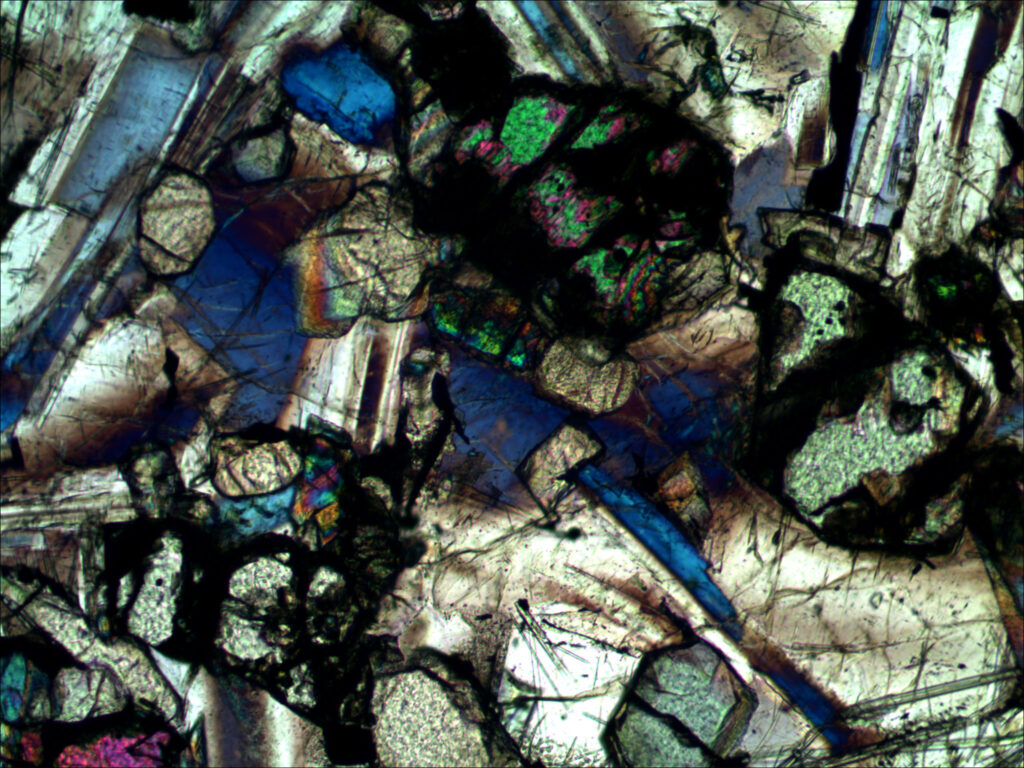

The resources are collected and organized on the Internet, and are only used for learning and communication. If there is any infringement, please contact us to delete.


